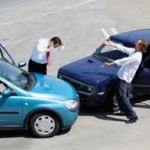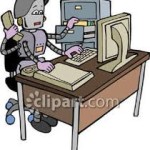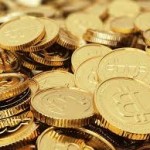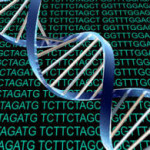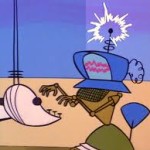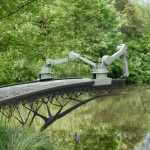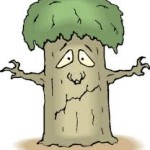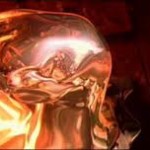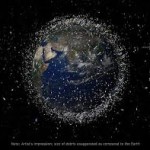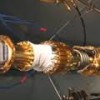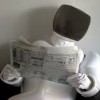Chris Urmson, from Google’s self driving car project, posted a new ‘chapter’ about their experience in learning about self driving vehicles.
Far from celebrate the accidents, such events are critical to understanding how accidents really happen. Even when you are stationary, or it’s not your fault. As all drivers learn (or know intuitively one may argue) if a car comes the wrong way straight to your car you’ll be sorry for the outcome – no matter who to blame.
This video is part of the post as an output of information car’s system was dealing with.
